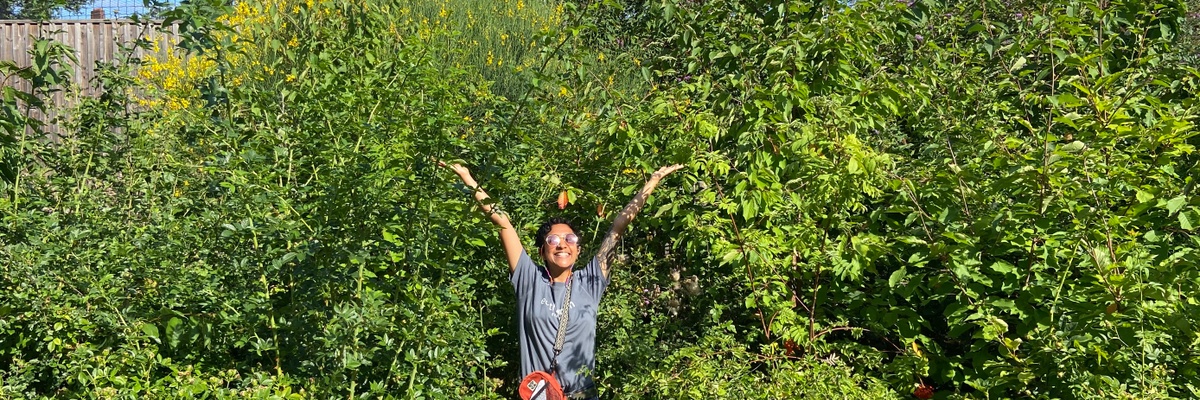Identify a suitable site and seek permission from the landowner
- There are multiple steps and phases in creating your Tiny Forest. Ensure you familiarise yourself with the 'Steps to creating a Tiny Forest' document, accessible in the resources section of this page.
- Ensure your proposed site aligns with the Tiny Forest criteria, for example a minimum of 150m2, sufficient access for heavy machinery, and no underground utilities. You can review the Tiny Forest site criteria in the resources section of this page.
- Ensure permission is in place with the landowner and they are clear on the soil preparation and planting process.
- Once your application has been approved by ChangeX and your proposed site is eligible for a Tiny Forest, Earthwatch Europe will be in touch to set up online training sessions for your team, to equip you with all the knowledge you need to create your Tiny Forest. Please note that the training will be provided virtually and conducted in English.
Identify suppliers including a tree nursery and landscaper
- Through your online training with Earthwatch Europe you will be required to develop and manage a budget for the funding you were provided. The funding will need to be spent on all material costs of the Tiny Forest:
- Landscaping costs: to include CAT Scan and test pits, machinery hire and labour, ground preparation and excavation, soil supplements, protective chestnut fencing and gate, biodiversity tiles, mulch
- Materials: trees (600 native specimens), information plaque, benches
- Monitoring kits
- Event expenses
- Maintenance
- You will need to source a local landscaper to support you in doing further site assessments and helping you prepare the soil ahead of planting.
- Start approaching local tree nurseries, who will support you in sourcing the native trees that will grow in your Tiny Forest.
Carry out site preparation and forest design
- Validate the site is suitable through utilities checks, test pits and a CAT scan.
- Carry out any community consultation required to ensure local residents are supportive of the project.
- Carry out a site assessment and soil survey to understand the site conditions and gather data to create a suitable tree species list.
- Use data from the site survey and desktop analysis to create a tree species list (training will be provided on how to do this).
- Create a forest design (training will be provided on how to do this).

"Welcome to Tiny Forest on ChangeX! We are excited to support a non-profit organisation, school or community in Geermany to create their very own Tiny Forest! Find out here how you can bring more quality nature to your doorstep and take part in this innovative project." - Louise Hartley
